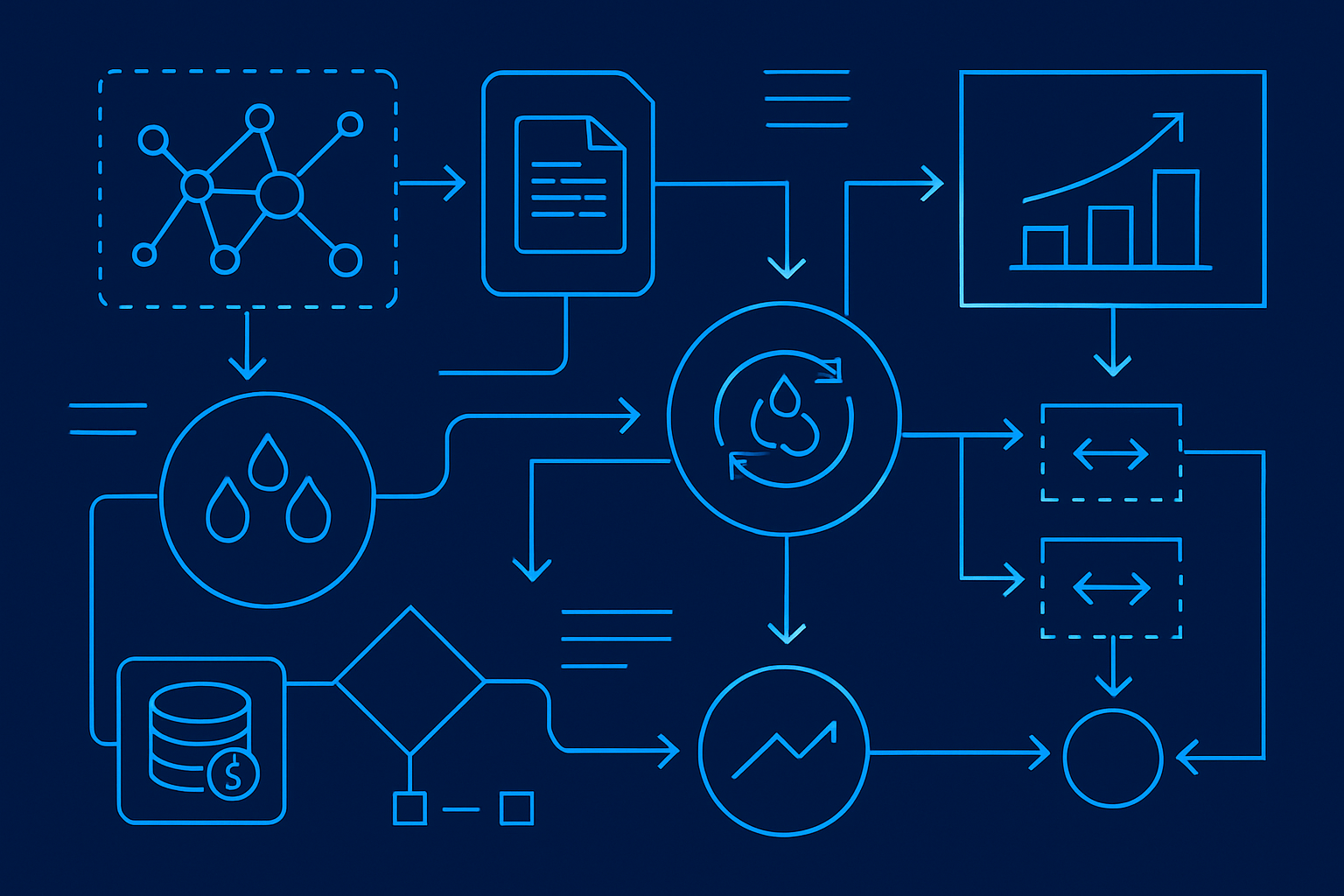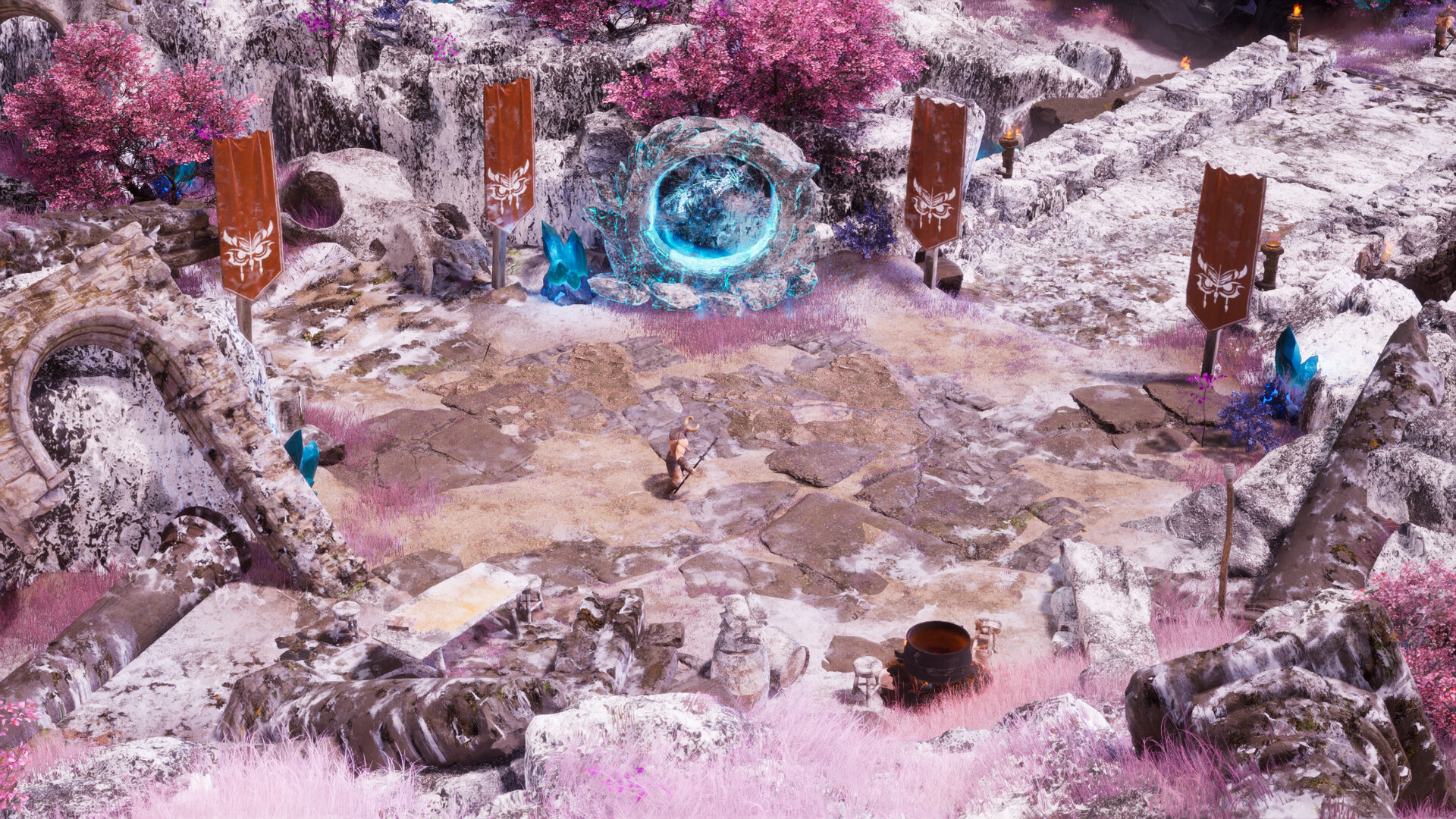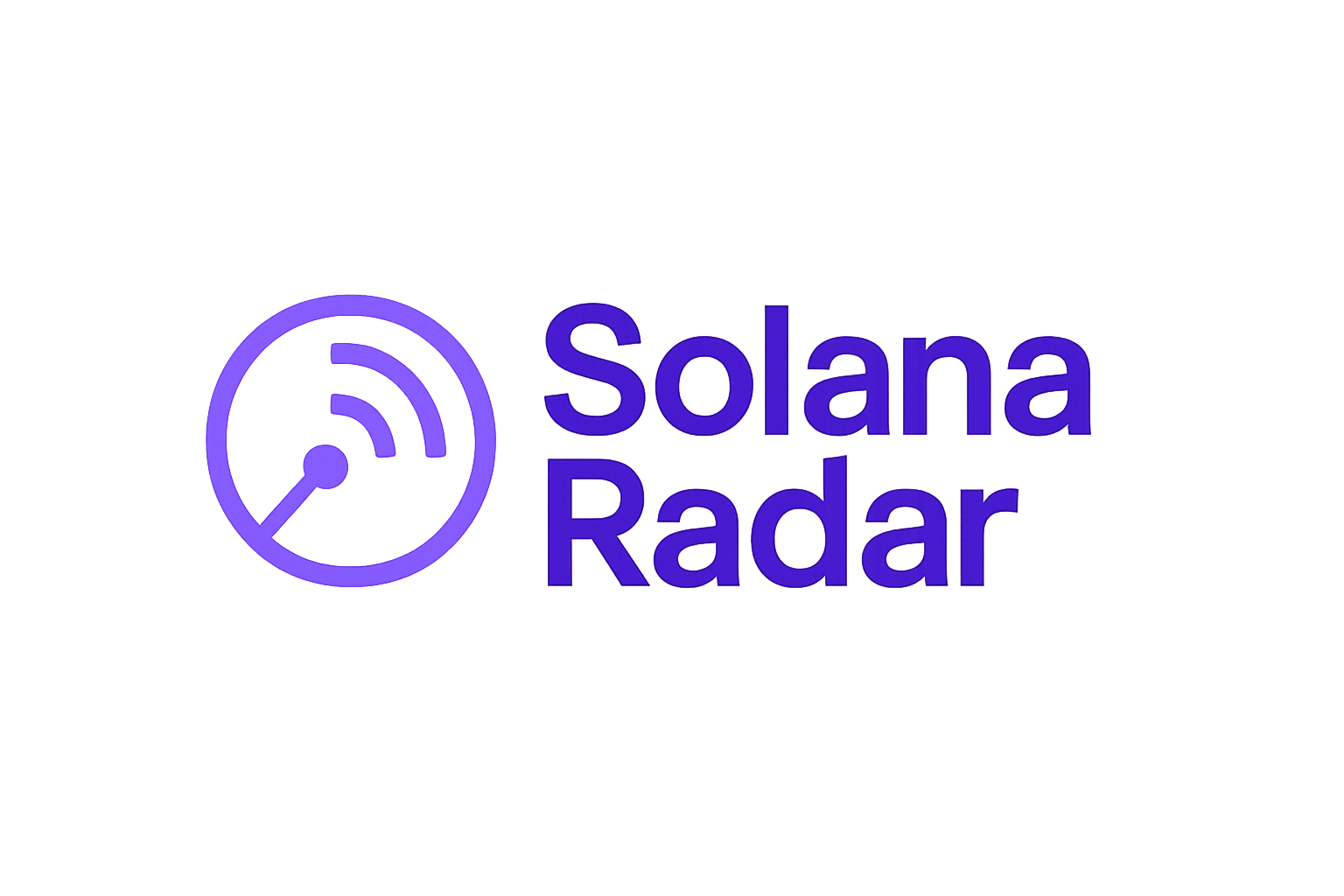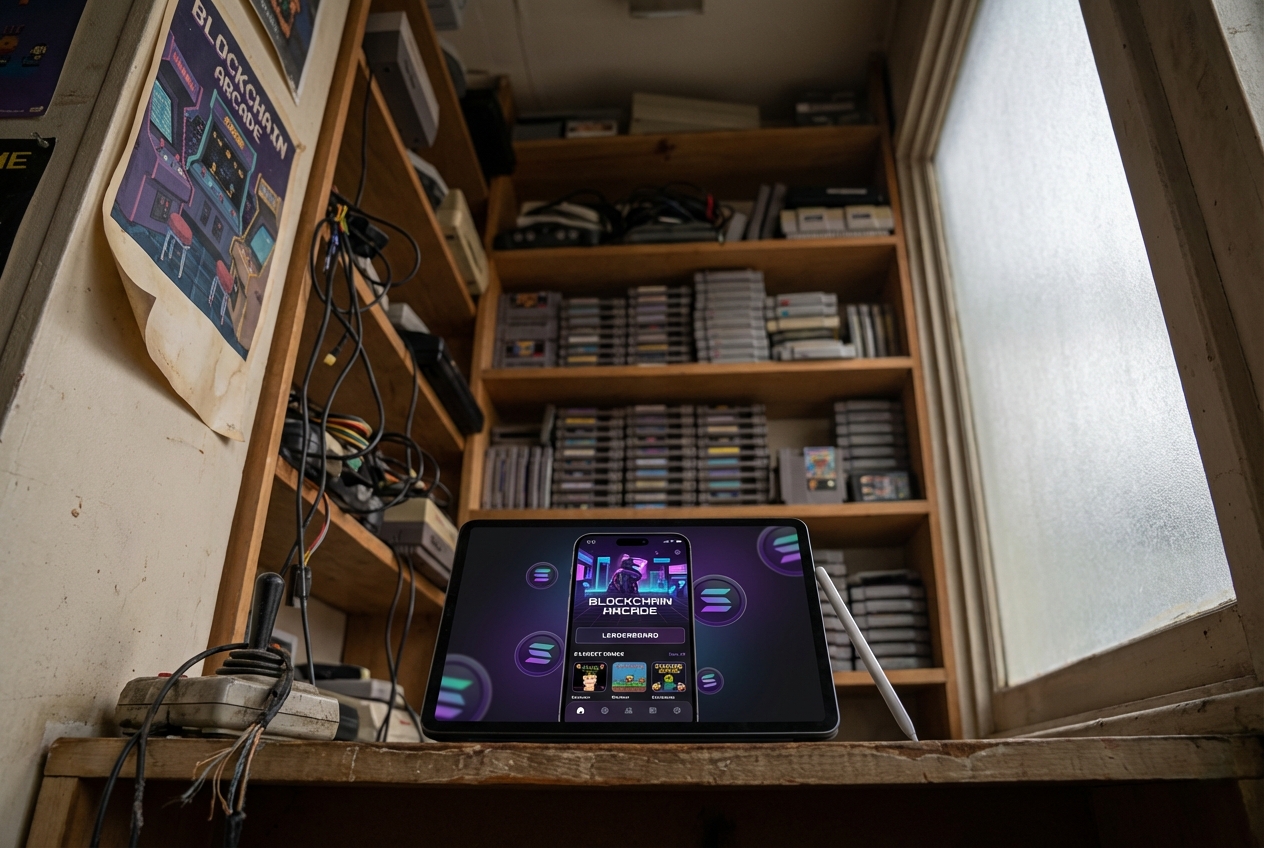Valannia Game Review: The Next-Gen Solana MMO-RTS with Real Player Ownership (2025)

Valannia is rapidly emerging as a flagship contender in the Solana MMO RTS 2025 landscape, promising to redefine what gamers expect from blockchain-powered worlds. Developed by Mystic Sun Studio and leveraging the robust capabilities of Unreal Engine 5, Valannia aims to deliver a seamless fusion of large-scale strategy, immersive role-playing, and true digital asset ownership. The game’s architecture is designed not just for spectacle but for substance – with a focus on player agency, skill-based progression, and a transparent on-chain economy powered by the Solana blockchain.

Game World and Core Mechanics: Eight Races, Infinite Strategy
The heart of Valannia beats within its expansive medieval universe. Players can select from eight distinct races, each offering unique strategic advantages and hero abilities. This diversity ensures that both macro-level empire management and micro-level tactical decisions significantly impact outcomes. Whether you’re commanding armies in real-time battles or customizing your hero’s build before a match, every choice ripples through the persistent world.
Unlike traditional MMOs or RTS titles where progress can be gated by pay-to-win elements, Valannia explicitly rejects these mechanics. Instead, it prioritizes fair competition and skill expression. Resource gathering, crafting rare items, and building personalized structures are all woven into the gameplay loop – but your success hinges on strategic acumen rather than wallet size.
Valannia Arena: Competitive PvP as the Gateway
To maintain community momentum during its multi-year rollout, Valannia has launched Valannia Arena. This competitive mode offers intense 1v1 and 2v2 PvP matches that blend MOBA-style hero control with RTS troop management. Each battle is a test of wits and reflexes – players configure their heroes’ abilities pre-match before diving into fast-paced real-time combat.
This isn’t just an appetizer; Arena is built using the same high-fidelity assets as the main game and serves as an evolving testbed for balance changes and new features. The feedback loop between Arena players and developers is already shaping core systems ahead of full release.
Blockchain Integration: Real Ownership in Solana’s On-Chain Economy
The most compelling differentiator for Valannia lies in its approach to digital ownership. All significant in-game assets – from heroes to land parcels to crafted items – exist as NFTs on Solana’s high-throughput chain. This not only enables secure trading but also ensures that your time investment translates into tangible value.
The economic backbone is the $VALAN token, which underpins transactions across the ecosystem. With a 20% burn rate baked into its tokenomics and allocations set aside for DAO governance, company reserves, and landholder rewards, $VALAN aims to foster both scarcity and long-term alignment between stakeholders. Additionally, platforms like Shadow Veil introduce social quests that integrate off-chain engagement with on-chain rewards – deepening player involvement beyond standard gameplay loops.
Valannia’s economic model is a deliberate response to the pitfalls of previous blockchain games. By implementing a transparent and deflationary structure through the $VALAN token’s 20% burn rate, the project addresses inflation risk while simultaneously rewarding active participants. Landholders and DAO members are positioned to benefit as the world expands, with governance decisions shaping everything from resource distribution to new content releases. This dynamic ensures that committed players have a say in Valannia’s evolution, not just its day-to-day economy.
Perhaps most notable is how Valannia leverages Solana’s speed and low transaction costs. Asset transfers, trades, and upgrades occur with negligible friction, an essential feature for a game aiming for mainstream adoption. The NFT-driven ownership model extends beyond cosmetic value: heroes, units, and even structures carry strategic advantages, which can be optimized or traded as part of a player’s broader tactical approach.
Development Roadmap: Iterative Growth and Community Involvement
The development philosophy behind Valannia is rooted in transparency and incremental delivery. Rather than promising an all-at-once launch, Mystic Sun Studio has opted for staged releases, beginning with the Arena mode. This approach allows for real-time feedback integration, a necessity in the rapidly evolving world of web3 gaming.
Looking forward to 2025 and beyond, players can expect new races, expanded PvE content, deeper crafting systems, and broader land mechanics to roll out in phases. Each update will be shaped by both community input and on-chain data analytics. The result: a living world where player actions genuinely affect global outcomes.
Positioning Among Best Solana Games 2025: Innovation Meets Sustainability
Valannia is not simply another play-to-earn experiment; it’s positioned as a sustainable Solana play-to-own game that prioritizes long-term engagement over extractive economics. Its blend of MMO scale, RTS depth, and meaningful asset ownership sets it apart from other Solana NFT games 2025. For players seeking agency, both in gameplay and governance, Valannia offers a compelling proposition: your skill determines your fate on the battlefield while your strategic investments in assets can yield real-world value.
This dual focus on competitive integrity and economic empowerment is what could cement Valannia’s status among the best Solana games 2025. The project’s willingness to iterate publicly also signals maturity, a trait often lacking in web3 launches.
If you’re tracking innovation at the intersection of gaming and blockchain technology, or simply seeking an MMO-RTS where your decisions have lasting impact, Valannia deserves close attention as its world continues to expand through 2025.







